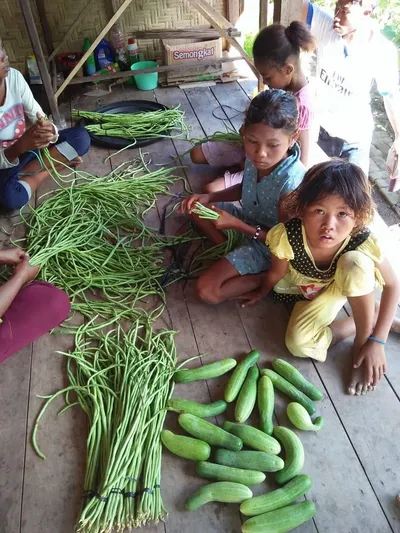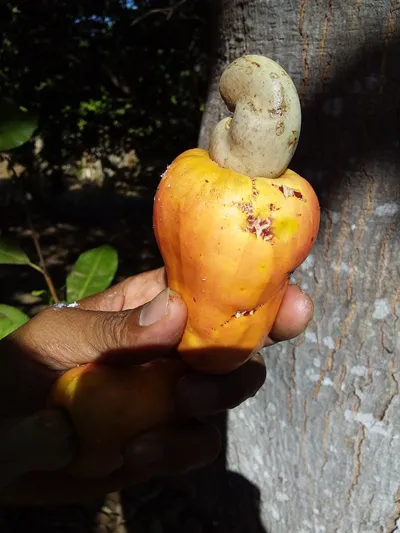The Children's Garden Club
Teaching Children About Nutrition, Organic Gardening, Sustainability, and the Environment
The Children’s Garden Club, begun in 2017, is designed to improve nutrition by teaching children how to grow nutritious foods like papaya, mango, coconuts, bananas, peanuts, sweet potato, breadfruit, snake beans, moringa, and kangkong. It’s remarkable that none of these tropical fruits and vegetables are available in any quantity on this coastline. There are two reasons. No irrigation in the dry season, and crop destruction by wild pigs, monkeys, and livestock. We have organized a Children’s Garden Club to teach kids how to grow kitchen gardens with irrigation and fencing. The garden club also offers the children 30 minutes a day after school instruction. HAS Children’s Garden Club has proven that all sorts of fruits and vegetables can be grown year round if the land is fenced adequately and irrigated.
Under-nutrition is prevalent during the long dry season which runs June through November. HAS is improving the deficient diet by introducing irrigated, fenced kitchen gardens and small orchards. The programs are organized as a Garden Club for children and an agricultural cooperative for adults (see Harvest for Health Farms section at the bottom of this page).

Harvest for Health Farms

Harvest for Health farm program is introducing the benefits of permaculture to Sili village and the valley. HAS is scaling up its farming to a small commercial level. The goal is to demonstrate to local farmers that it is possible to increase incomes per hectare by 60% or more compared to corn by growing vegetables, fruits and nuts. At the same time, good nutritious food from the farm will be accessible to local residents even during the dry season.
Two farms will be established, each over 1 hectare (2.5 acres) in size. One in Sili Village, the other in Panubu. Both will have an operational irrigation system, a farm shelter and a toilet house. The fields will be fenced with a living fence to protect crops from wild pigs and wandering livestock. A living fence is made by sticking cuttings in the ground which grow into a dense barrier. Peanuts, long beans, sweet potatoes, cassava, and other annual crops will be inter-planted within rows of nut trees, bananas, papaya, chili and small fruit bushes to provide a steady year-round source of revenue and food.
